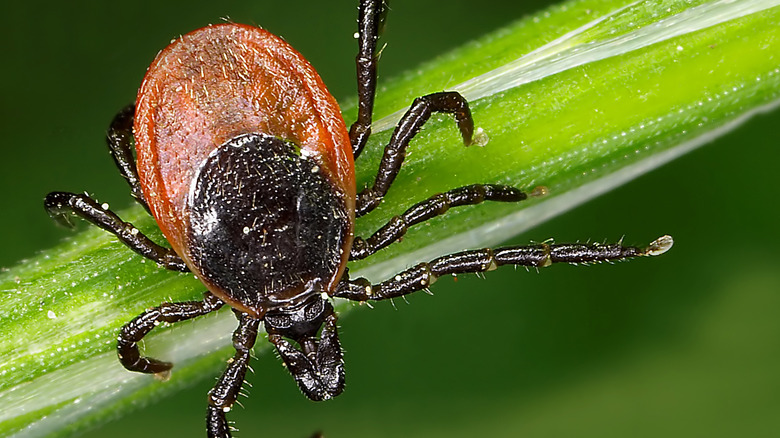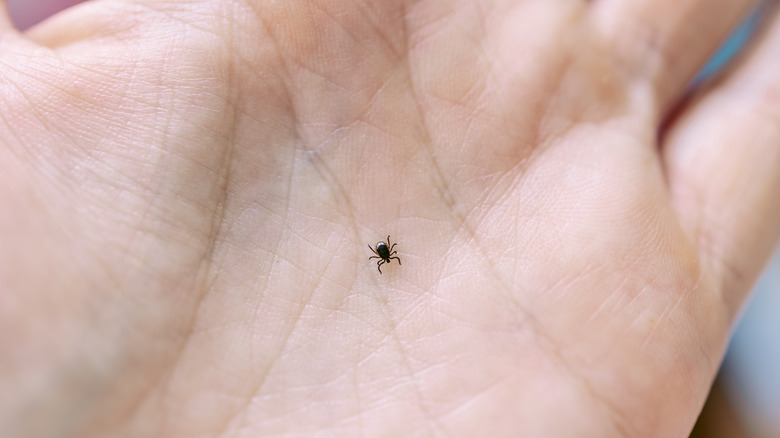Is Tick Season Actually Worse This Year? Here's What's Actually Happening
Have you noticed more ticks than normal this year? What one person perceives may not always be the truth. Perhaps there are just more in your area, rather than more in general. In this case, though, it might not just be you. A few groups in charge of monitoring ticks have noticed that the numbers seem to be going up this season. The University of Rhode Island's TickSpotters platform, federal hospital data, and the Upstate Tick Testing Laboratory in New York are just a few examples of experts reporting an increase in the population. This is information worth noting. Ticks aren't just freaky pests; all species have the potential to transmit diseases to people. The diseases include Powassan, Babesiosis, Tularemia, Lyme disease, and Anaplasmosis.
While it is possible that tick season is bad this year, there is no real way to tell based on what scientists and doctors know. Yes, laboratories are seeing an increase in submissions, and there are more people heading to the hospital for bites. However, this doesn't prove that there are additional ticks in the wild, just that people are sending in specimens. It could be due to an increased awareness about these labs or a greater fear of diseases caused by the little creatures. Still, it doesn't hurt to be safe and plan for the worst. Ticks occur in most of the country, but the Southeastern United States has the highest number of species and individual ticks.
Take steps to protect yourself from ticks this season
The best way to avoid dangers from ticks is to take measures to prevent them. It's not easy to spot them in the grass, especially the young ones. "Look at the bowtie of Lincoln on a penny; that's the size of a nymphal blacklegged tick," Dina Fonseca, a professor at Rutgers University and entomologist, said when talking to The Independent. Some are the size of a speck of dirt. Any time you go outside when the weather is nice, you should take steps to protect yourself by wearing tight and long clothing treated with permethrin repellent. Even in your home, you're not always safe, as there are places where ticks are most likely to lurk around in your house.
It's also a good idea to get into the habit of checking your body and that of any pets you have every day. Even if you take care to prevent these ticks from getting on you, there is the chance that you'll still end up with one. Thankfully, they take roughly two to three days to transmit most diseases. So if you check every day, you can remove any larger ticks that you find and prevent the disease transmission before it becomes a problem. It's also a good idea to understand the various ticks in your area and the diseases they can carry. Regardless, it's good to be wary and assume the worst, so take the time to educate yourself on how to keep ticks out of your house and learn tips to keep ticks out of your yard.

